Last Chance to Catch NYC's Holiday Notalgia Train
We met the voices of the NYC subway on our nostalgia ride this weekend!

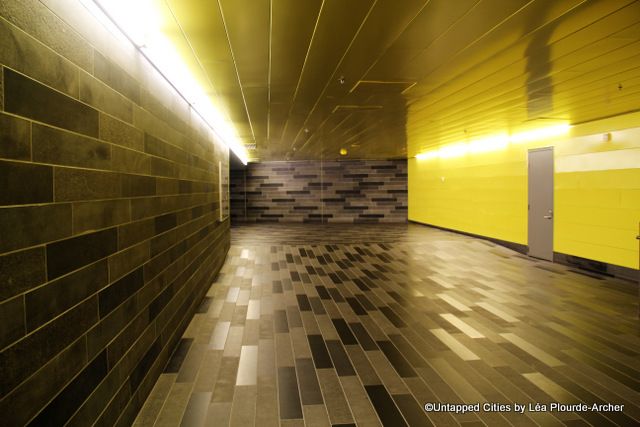
Every travel guidebook covering Montreal mentions the Underground City (a must see, they say). Due to its evocative name, visitors often get here expecting to discover an actual fully-formed city developed under Montreal’s street level. Known to locals as RÉSO (for réseau, french word for network), the Underground City’s first interconnected sections were built in 1962. When the Montreal subway started operating in 1966, additional connections were made. Today, more than 20 miles of tunnels span the system.
But let’s start by dissipating all myths and misunderstandings: the Underground City is not a city and most of it is not actually underground. It is a multi-level network of tunnels and stairs connecting shopping malls, metro stations, offices, schools, hotels, concert halls and pretty much anything that can be found in any big city’s downtown area. Some say it should be called Indoor city or Indoor pedestrian complex but for marketing purposes, tourism agencies have decided to keep the moniker despite it being a misnomer.
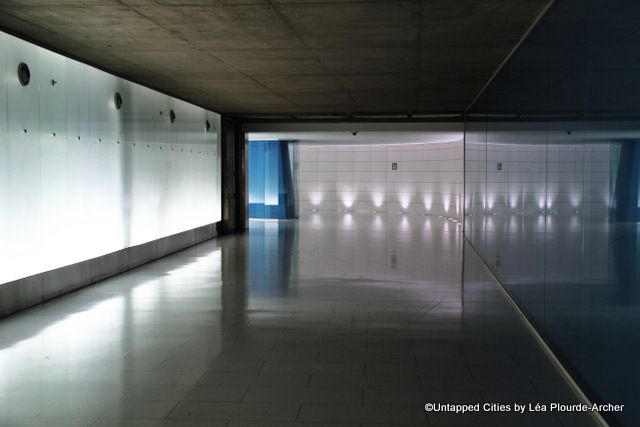
Plans for the network were envisioned by urban planner Vincent Ponte. He was working alongside architects I.M. Pei and Henry N. Cobb as they designed Place Ville-Marie, the city’s first modern skyscraper, built in 1962. Ponte was inspired by futurist architecture and his mission was to ease traffic downtown and to provide a good way to circulate indoors without ever having to step outside, especially during the harsh winter season.
The Underground city is a giant maze. At first glance, most people see it as one huge shopping mall but there’s much more to be seen and discovered. One can walk for hours without setting foot outdoors. Here are a few interesting things to discover throughout the network:
The Cours Mont-Royal is an upscale shopping mall that used to be a luxury hotel. In the early 20th century, the Mount Royal Hotel was the biggest hotel throughout the British Empire, with more than 1,100 rooms.
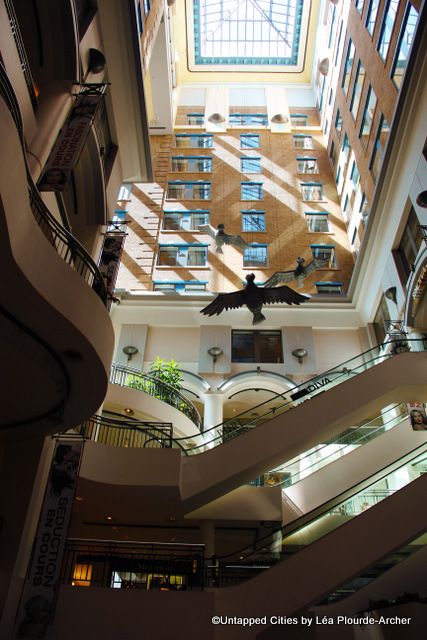
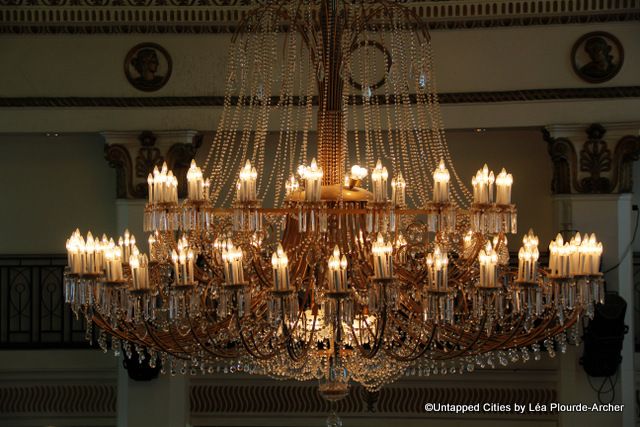
This tunnel was built where a bank once stood. You can see the edges where the door of the vault used to be.
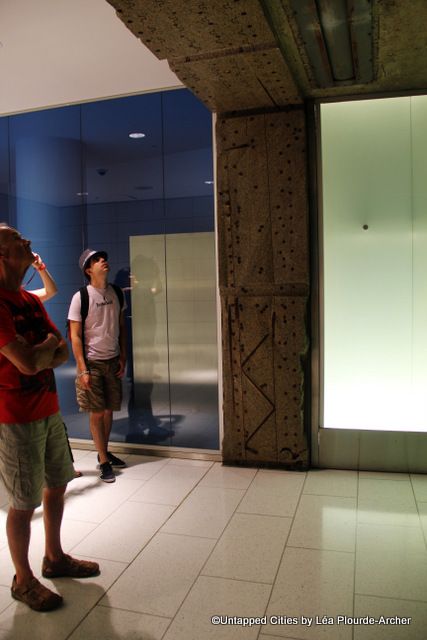
When making their way through the underground, few people realize what is going on at street level. For example, the Promenades Cathédrale are built under a church. The story goes that the Christchurch cathedral was sinking and the diocese lacked the funds to fix the major structural problem. A consortium of real estate developers announced that they would provide the money on one condition: they could build a shopping mall underneath.
Like the Montreal metro stations, various areas of the Underground City are filled with permanent artworks. Additionally, every year during the Nuit Blanche festival’s Art Souterrain event, these spaces are turned into temporary art galleries where more than 80 artists display their work.
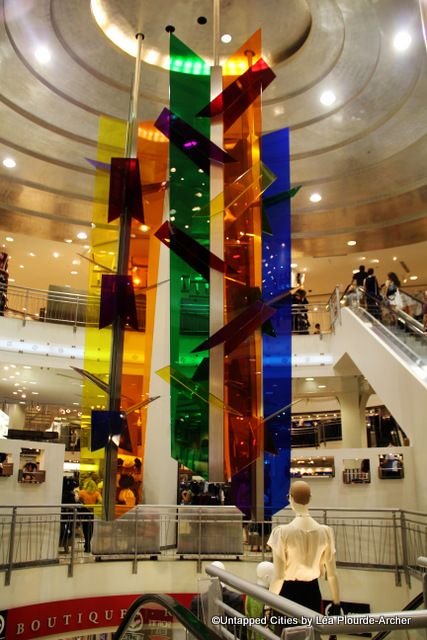
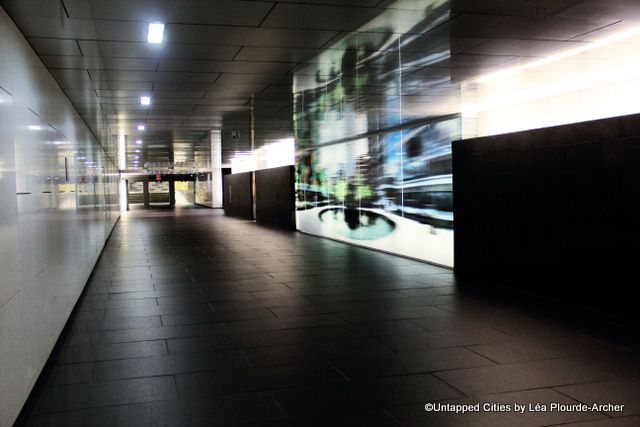

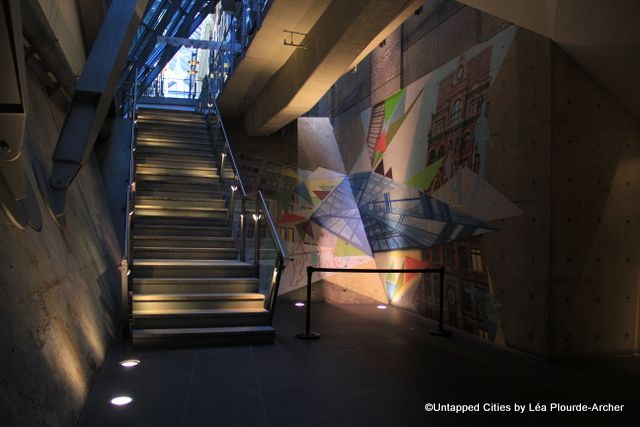
Architects and urban planners created public squares throughout the network. Like many outdoor squares, this plaza at the Place Montreal Trust is equipped with a fountain. People tend to use the Underground City as a means to get somewhere, rarely stopping to relax. These squares were designed with that in mind, aiming to create a warmer, friendlier atmosphere.
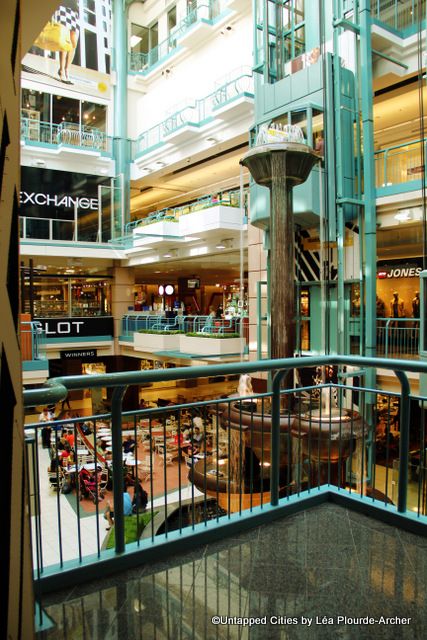
The Underground city is connected to the Place des Arts, a cultural complex housing a contemporary art museum and six concert halls. In the midst of Place des Arts is the Espace Culturel Georges-Émile Lapalme, an agora that doubles as an art gallery with numerous installations, both temporary and permanent.
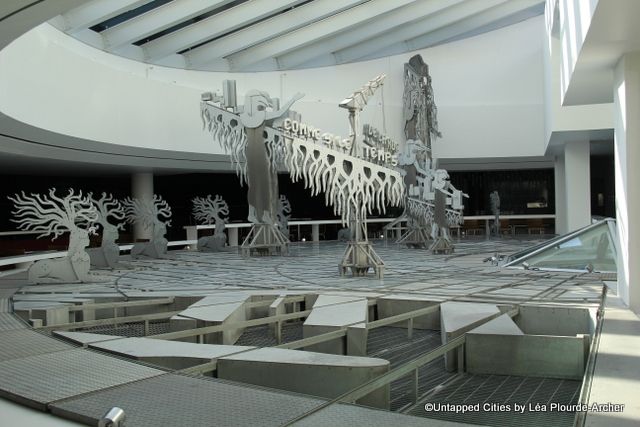
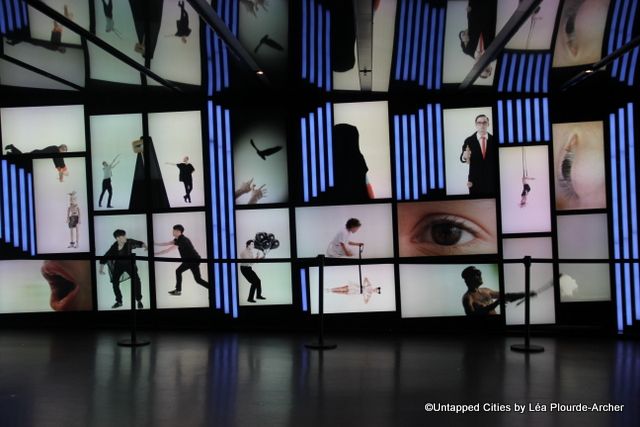
The Underground city is constantly evolving, with new tunnels and connections being opened to the public.
Read more articles from Montreal on Untapped Cities and discover 7 underground tunnels in NYC.
Subscribe to our newsletter